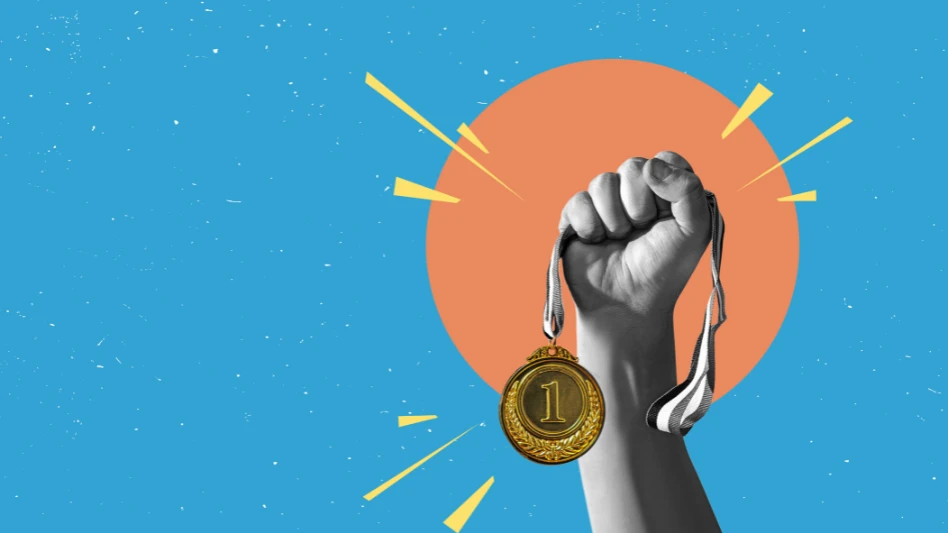
The first function of a sprayer is to serve as an application tool, a way for you to spray lawns by using a hose-end gun. A sprayer is an excellent tool for improving your productivity as you can quite often combine different products together so that you can make one pass over the lawn instead of many.
Fertilizers can be combined with herbicides, insecticides or even fungicides depending upon what time of year it is and what you have scheduled. Many of us old-timers swear that the results you achieve with both grassy and broadleaf weed control using a liquid delivery system are second to none.
The second function of a sprayer is to serve as a nurse tank, a larger tank full of the same product that you use to refill another smaller sprayer.
Using a nurse tank will dramatically increase the number of square feet you’ll be able to treat in a day.
Sizing up.
The sprayer can be no heavier than the payload capacity of your truck allows. In addition to estimating the weight of the fluid in the tank, you’ll have to account for the weight of the sprayer itself, plus any other material and equipment that you’ll be carrying. The very last thing you want to do is overload your vehicle. Fines for being overweight are expensive, not to mention the cost of repairing overtaxed equipment. Don’t depend upon the description of your truck to figure this out as terms like “half-ton” and “three-quarter ton” pickups are meaningless.
The easiest way to find your truck’s payload capacity is to load your truck as you normally would, but without the sprayer installed, and bring it to a truck scale. Many times, a sand and gravel contractor will be happy to weigh your truck for a small fee. Once you have the weight of your truck, subtract it from the maximum gross vehicle weight. That figure is the maximum amount you can allocate to your loaded spray rig.
Sprayers can take up quite a bit of room in your truck. If you are using a pickup truck, consider the footprint of the sprayer’s frame to be sure that you have ample room for other cargo such as hand sprayers and bags of fertilizer. There are many different configurations of sprayers from ones that only take up the front half of the cargo box to sprayers with multiple tanks with nesting frames that can be slid in and out as required.
The tank size not only needs to account for the payload capacity of the truck carrying it but also the size of the area you plan to spray in a day. Again, there are infinite ways to configure your sprayer but a good average would be somewhere in the neighborhood of a 300-gallon sprayer covering 200,000 square feet if you are spraying by hand. A screen insert that fits into the lid assembly allows you to dissolve soluble fertilizer during the fill process and an air gap filler will allow you to both fill hands-free and protect your water supply from inadvertent backflow from the tank.
Pump it up.
The pump accomplishes three things in a lawn care sprayer. First, it moves the fluid, drawing it from the tank, passing it through the inline strainer for filtering, on to the pump itself and then out to either the bypass line back to the tank or, when demanded, to the hose reel out to your spray gun.
Second, it provides for agitation in the tank, keeping all of the components in your spray mix uniformly distributed.
Third, it pressurizes the fluid such that it can be moved long distances in the spray hose.
Normally, attached to the pump is a pressure regulator that allows you to adjust the pressure of the fluid for proper calibration.
While there are many different kinds of pumps used in agriculture, most lawn care sprayers use a low-pressure diaphragm pump chosen for their durability and ease of maintenance.
The plumbing system provides a highway for the spray solution to travel. Most of the hoses on the suction side of the sprayer are standard and don’t require customization but you have choices on the pressurized side of the pump. The spray hose is coiled on to a hose reel for easy handling.
Typically, a 300-foot length of hose is sufficient for residential lawn care applications. Commercial applications can present more of a challenge, sometimes requiring a much longer hose to reach inaccessible areas. Hose diameter comes into play as well. A larger hose will allow for more flow at lower pressure but that hose will be heavier to pull than a smaller one.
The composition of the hose, either vinyl or plastic, makes a big difference. Vinyl is more flexible even in colder temperatures. Always opt for an electric rewind on the hose reel as a 300-foot coil of hose fully loaded with spray solution weighs nearly one hundred pounds.
Gun it.
The business end of a lawn care sprayer is the gun. Many different variations on a theme exist but they all boil down to receiving the fluid from the hose, a valve that is attached to a lever that you control with your fingers, and a barrel that accepts an array of nozzles providing different flow rates that you can choose from, typically 1.5 to 4 gallons per minute.
The 1.5-gallon flow rate will give you greater range than the 4 gallon but, as with everything, there’s a trade off. More water means more coverage on the leaves of the targeted weed, which means better control.
Check the label of the product you intend to use to see if there is a minimum quantity of water per thousand square feet.
Calibrating.
Once you’ve chosen your sprayer and installed it, you have to learn how to use it. Calibrating the sprayer is an essential skill for any applicator and while it can seem daunting at first, there are fantastic resources available to make the process much easier.
Purdue University Cooperative Extension has published an excellent how-to guide at bit.ly/sprayrig. If you are having difficulty with all of the mathematics involved read “The Mathematics of Turfgrass Maintenance” by Christians and Agnew. It will help clear away your math anxiety.
The author is a corporate agronomist at Lawn Dawg in New Hampshire.

Explore the April 2016 Issue
Check out more from this issue and find your next story to read.
Latest from Lawn & Landscape
- LMN partners with Attentive.ai
- Get to know the generations working for you
- Addressing addiction in landscaping
- Fairway expands national footprint with 6 acquisitions
- Graze Robotics opens new headquarters in Plano, Texas
- Addiction in the green industry
- Kress earns Sourcewell approval
- The best laid plans





